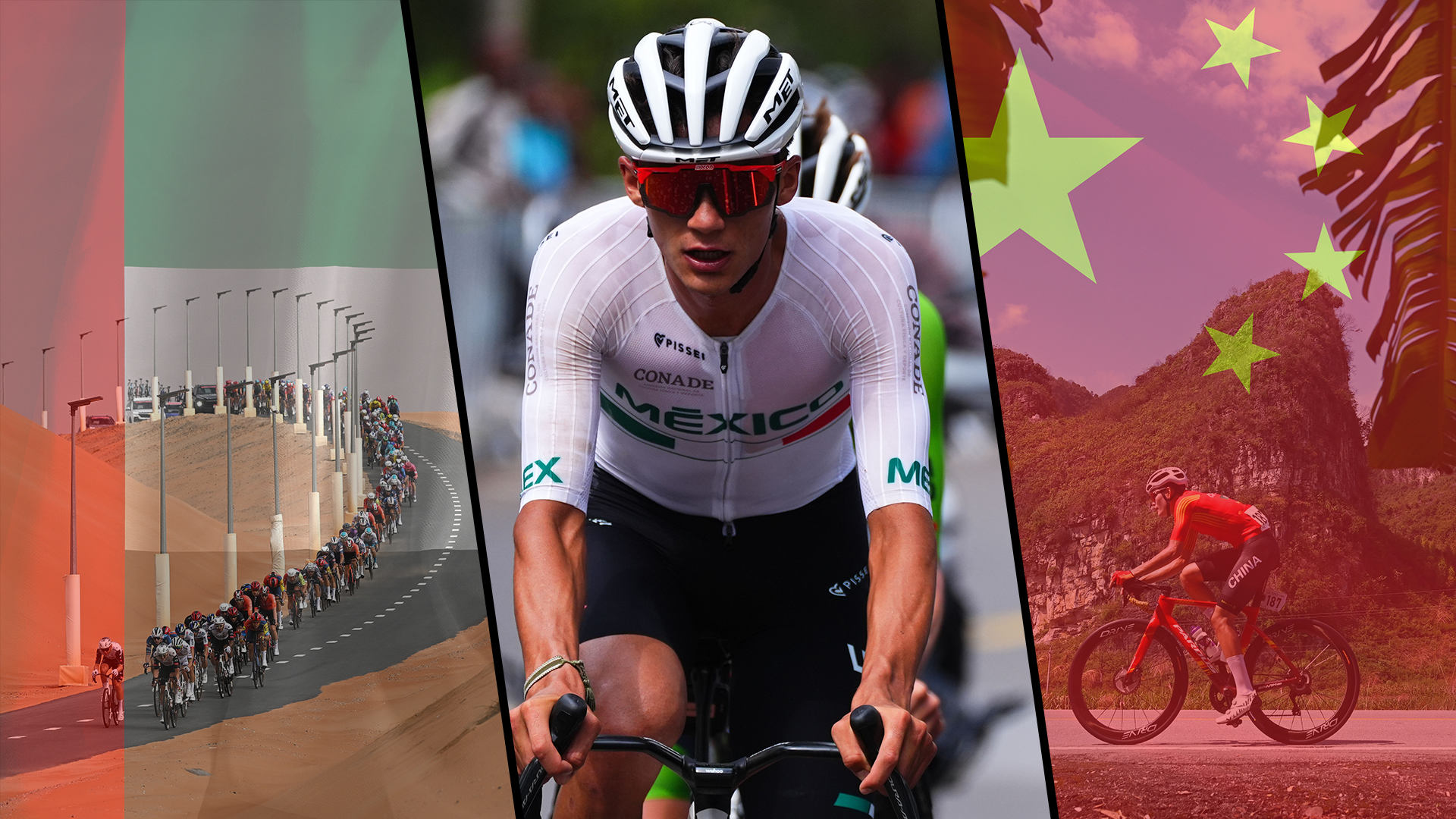From the fearsome Angliru to a Bola del Mundo – 5 stages that will define the brutal 2025 Vuelta a España
An early uphill finish, a stage 5 TTT and some truly frightening mountains will decide a well-deserved winner in Madrid
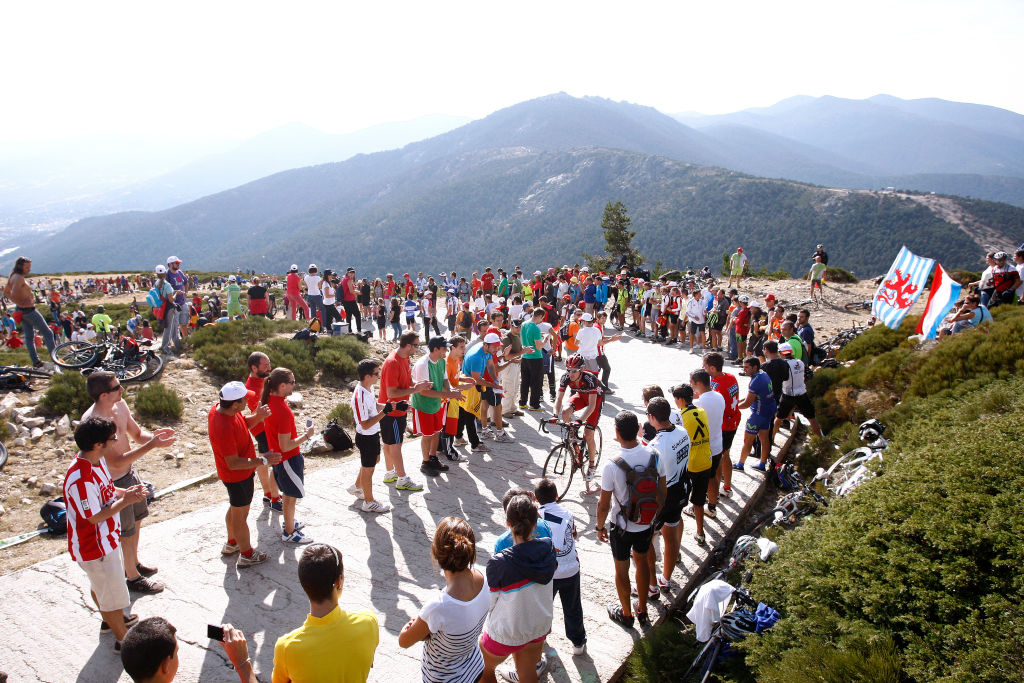
As they seem to do every year, the race organisers have put together a highly challenging Vuelta a España route, designed to test the climbing abilities of every rider across some of the most challenging gradients and ascents Spain has to offer.
This year, the three-week race includes no fewer than 11 categorised uphill finishes – yes, that's over half the stages – varying from short final kickers, to 10% gradients at the end of kilometres-long climbs.
With that amount of climbing, and three stages taking in more than 4,000m of elevation, there will be a big focus on riders' uphill abilities, but like any Grand Tour, there are also plenty of other challenges to contend with, which could all influence the GC.
As well as the headline mountain stages, there are a number of other stages that will matter – there's a team time trial and an individual time trial, plus punchy days, windy days, and, of course, climbs as famous as the Angliru.
With only a few days before the race gets underway, and the final Grand Tour victory of the year on the line between the Vuelta a España contenders including Jonas Vingegaard and Juan Ayuso, here are five of the most important stages in this year's Vuelta a España – where the red jersey can be won, lost and decided.
Want to know how to tune in to each of these key stages? Check out our guide to how to watch the Vuelta a España to find out exactly where the race is being shown, wherever you are.
Stage 2 – an early uphill finish
Alba – Puerto Limone (157km)
The days of straightforward Grand Tour opening weeks are decidedly over, and this year's Vuelta route offers no exception to that rule, including an uphill finish on just the second day of racing in Italy where time can already be gained or lost.
Starting in Alba and finishing in Limone Piemonte, stage 2 is officially categorised as 'flat', but finishes with a category 2 climb, topping out at 1,383m above sea level.
The official climb is 7.6km long with an average gradient of 5.4%, though the road rises for a good 10km before that, making for a dragging finale. Though not the toughest finish in the world, and no categorised climbs preceding the final one, some selections should be made in the finale and someone will certainly lose time.
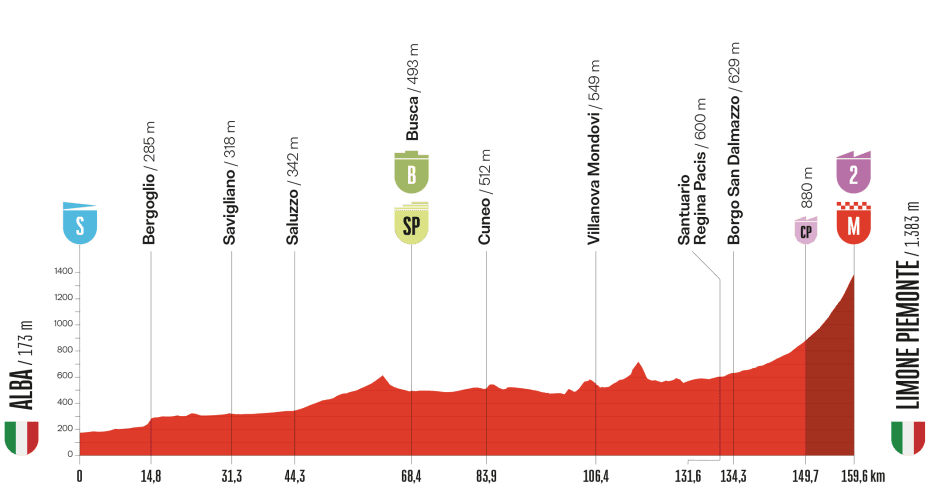
Without the uphill sprint specialists like Tadej Pogačar or Primož Roglič, it will be interesting to see how this stage is raced, and who wants to shake things up, if anyone. Might the GC riders collectively decide to race more conservatively? It is possible, but if history is anything to go by, these opening stages can be super tense, with riders eager to take time early.
Don't expect huge time gaps at the end of stage 2, but there will certainly be things to take away, whether that's time or just revelations about how all the GC riders are going to race and interact with each other. And even if no one gains time, you can almost guarantee that one unlucky soul will have a bad day and lose some. That's become inevitable in these punchy Grand Tour openers.
Stage 5 – the team time trial
Figueres – Figueres (20km)
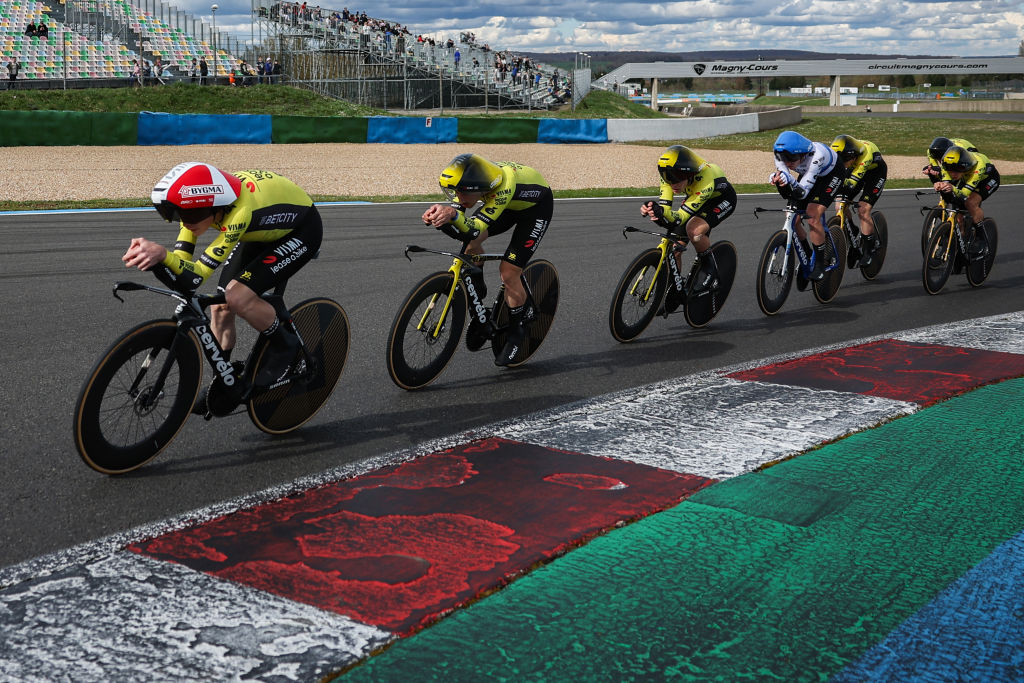
Team time trials are often not the most exciting stages to watch – though the last Vuelta one was, when frustrations spilled over on the wet, poorly-lit roads of Barcelona in 2023 – but they are always important, especially when they come early in the race. Ambitions can be made or broken early on, in a discipline that is exceedingly hard to get right, and your result is dictated by your teammates' efforts, not just your own.
Taking place in Figueres on stage 5, the TTT in this year's Vuelta is relatively short at 20km, and flat apart from a slight rise up to the line, but the length could actually make things more interested, as pure power-based teams can gain a lot over the squads that are dialled over longer distances.
The GC will already be taking some shape by the time the race arrives in Figueres, but the TTT will shake things up further, and really test team selections – teams need to bring climbing support for the brutal mountains in Spain, but if you're missing some horsepower, this TTT will be costly. Some GC hopes could take major dents here, whilst a well-balanced team could gain vital seconds for their leader.
The other against the clock effort in this Vuelta comes on stage 18, with a 26km individual time trial around Valladollid, which is mainly flat bar one 700-metre rise in the first third. Though the results of this TT will be important, and its late placing will expose some weaknesses, it's a fairly straightforward effort where the usual suspects will do well and others will lose modest time, rather than a day for drama.
Stage 7 – mammoth elevation gain
Andorra la Vella – Cerler. Huesca La Magia (187km)
There are so many demanding stages in this year's route that it's hard to designate just one as the out-and-out Queen stage, but if you look at the stats alone, stage 7 has the credentials to claim the crown, taking in nearly 4,500m of elevation, the most of any stage.
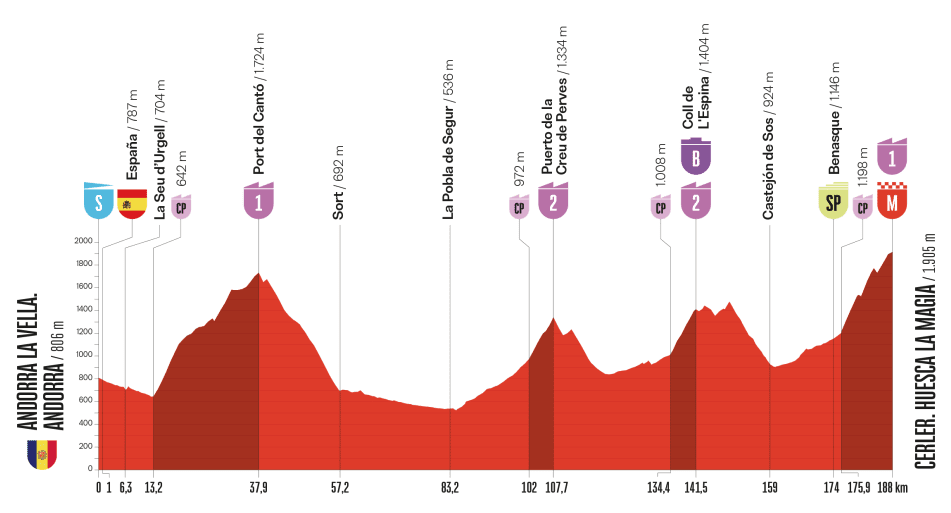
Starting in Andorra la Vella, the orders have to climb for most of the first 40km as they re-enter Spain, with the category 1 Port del Cantó taking the road up to 1,700m after 25km of climbing.
After that, they face another 23km climb, and then the jagged Coll de l'Espina, both peaking out at over 1,300m. From there, it's 30km up to the finish, with the last 12.1km categorised. The finish line is at just shy of 2,000m above sea level to round out a truly monster day of climbing.
In any other race, a stage like this would be a final-week thriller, but because this is the Vuelta and they don't follow the usual conventions, this rounds out the first week of racing as a huge test very early on. With riders having relatively fresher legs, this stage could really explode, as riders try to take a first massive chance to gain time.
The outcome of this stage will also really set the tone for the rest of the race, with nowhere to hide over 4,000m of elevation, and climbing levels laid bare, With still two weeks to race after stage 7, it will be important to not show any weakness here – or indeed, someone may do the opposite and lay down and definitive show of strength.
Stage 13 – the Angliru
Cabezón de la Sal – L'Angliru (202km)
Stage 13 is the headliner, with the race returning to the Angliru, arguably the most famous – and most feared – climb in Vuelta history.
The Angliru was last in the race in 2023, when the intra-team tensions at Jumbo-Visma came to a head, so it's not as if there's been a long wait to return to its formidable slopes, but that doesn't mean the anticipation is not high.
That's because the Angliru is truly a brute of a climb. It's 12km long, with an average – yes, average – of 10.1%, meaning plenty of ramps are well above that. What it may lack in length, it certainly makes up in difficulty. It's the kind of climb where it's every man for himself, each rider slogging it up to the top in pursuit of an exhausting victory. The time gaps here will be important, and only the best climbers will succeed.
The only saving grace on stage 13 is that the preceding route is not packed full of climbs. The first 140km is devoid of any climbs, and then there are two category 1 climbs in the run-in to the Angliru – both with 8% average gradients, but only 6.6km then 5.6km long. These should be some spicy, tense climbs as riders start to trade blows early, but this will be a day where the action is concentrated in the finale rather than a day-long battle.
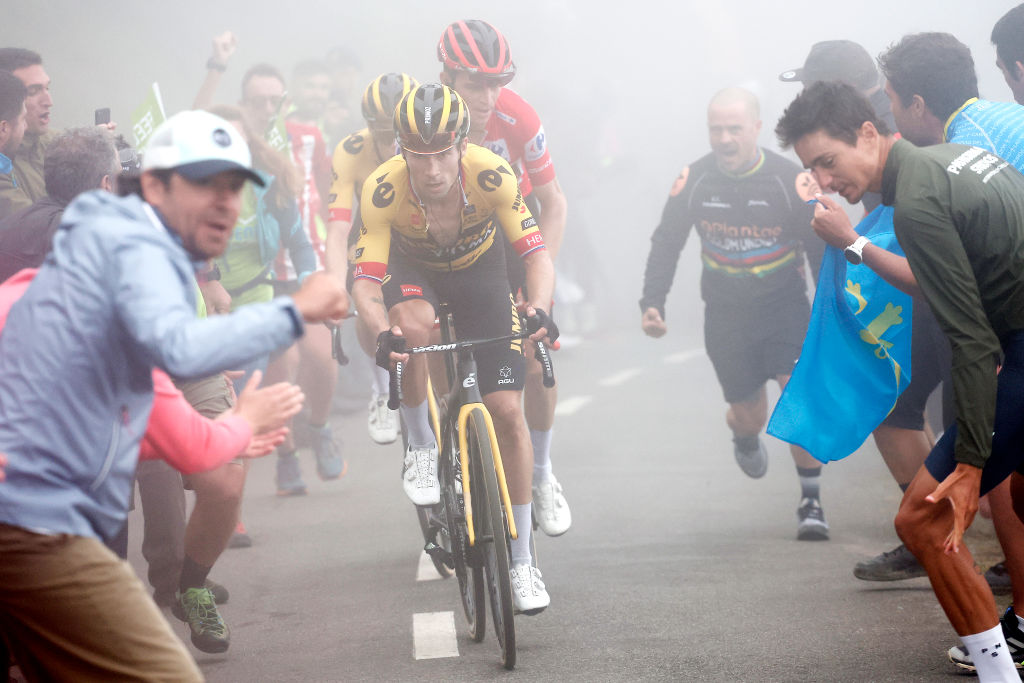
Less fortunately, there will be little respite the next day, with stage 14 offering up 4,000m of elevation gain, and two climbs averaging at over 8.5% on the way to a summit finish atop the Alto de la Farrapona. This will be a really key duo of stages.
Stage 20 – an epic finale
Robledo de Chavela – Bola del Mundo. Puerto de Navacerrada (156km)
The penultimate stage of the Vuelta – the final 'real' day of racing before the Madrid finale – is the one that will ultimately decide the race. A rider may come into stage 20 already well in the lead, or well out of it, but the difficulty of this stage is such that it really could change everything. Whether it's turning things on their head, cementing a leader, or offering a late nail in the coffin for a rider, this stage will be decisive in one way or another.
Starting in Robledo de Chavela, the road is going up straight out of the start, with no fewer than five categorised climbs and over 4,000m of elevation gain. Tired legs and depleted teams will be tested over the first three climbs, and then they'll face the cruel task of doing the final climb twice in a row – once the standard Puerto de Navacerrada ascent, and then the elongated version, going up an extra 3km to the Bola del Mundo.
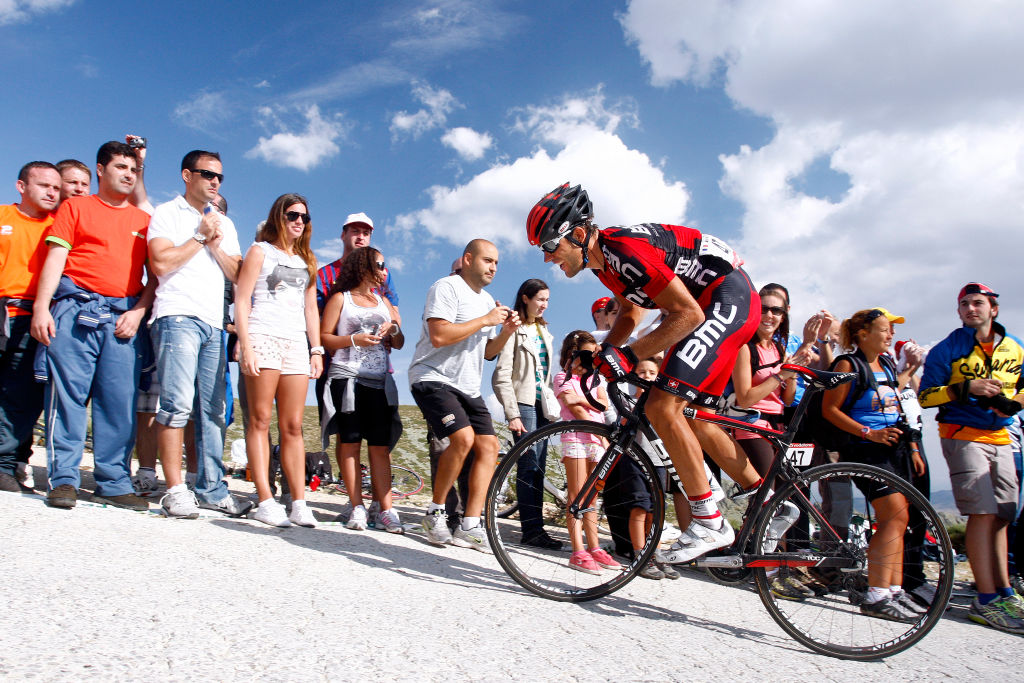
This final, longer version of the climb comes in at 12.5km with an average gradient of 8.5%, and tops out at over 2,200m, the highest point in the race. It should be no surprise that this is an HC climb to round out the Vuelta.
The main part of the climb is hard, but things get extreme in the final 3km to the finish, with uneven gradients and rough, imperfect surfaces, which will suck energy out of even the strongest legs. It will be one final, testing day to decide the winner and the podium – and whilst it may be hard to win the race or overturn a leader on stage 20, riders could certainly see their race fall apart here.
However, there is a slight risk that the riders may not take in the full length of the climb, with environmental activists protesting that the race should finish lower down, to protect the natural area at the top.
Unlike perhaps the Tour this year when the race was well decided by stage 19 and stage 20 offered no mountains, this will be more in keeping with stage 20 of the Giro. That is to say: a stage where everything could still kick off.
Subscribe to Cyclingnews for unlimited access to our 2025 Vuelta a España coverage. Our team of journalists are on the ground from the Italian Gran Partida through to Madrid, bringing you breaking news, analysis, and more, from every stage of the Grand Tour as it happens. Find out more.
Matilda is an NCTJ-qualified journalist based in the UK who joined Cyclingnews in March 2025. Prior to that, she worked as the Racing News Editor at GCN, and extensively as a freelancer contributing to Cyclingnews, Cycling Weekly, Velo, Rouleur, Escape Collective, Red Bull and more. She has reported from many of the biggest events on the calendar, including the Giro d'Italia, Tour de France Femmes, Tour of Flanders and Paris-Roubaix. She has particular experience and expertise in women's cycling, and women's sport in general. She is a graduate of modern languages and sports journalism.
You must confirm your public display name before commenting
Please logout and then login again, you will then be prompted to enter your display name.
